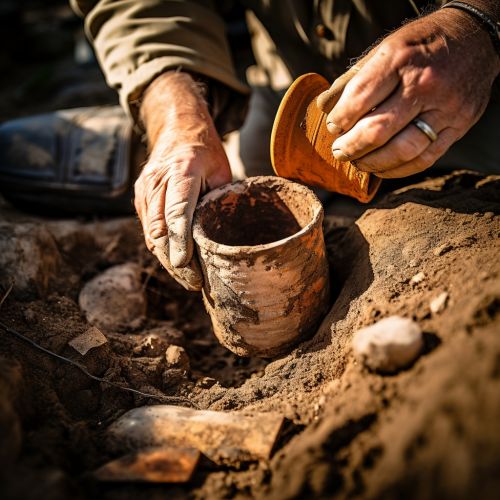Cyrus Cylinder
Origins and Discovery
The Cyrus Cylinder is an ancient clay cylinder, originating from the Achaemenid Empire in the 6th century BCE. The artifact was discovered in 1879 by the Assyrian archaeologist Rassam at the site of Babylon, in modern-day Iraq.


Description
The Cyrus Cylinder measures approximately 22.5 centimeters in length and 10 centimeters in diameter. It is inscribed in Akkadian cuneiform script, the diplomatic language of the time. The text on the cylinder is arranged in two columns, containing a total of 45 lines of text.
Historical Significance
The Cyrus Cylinder is often referred to as the first charter of human rights, although this interpretation has been disputed. The text on the cylinder describes the peaceful capture of Babylon by Cyrus the Great, the founder of the Achaemenid Empire, and his subsequent benevolent rule. It also details Cyrus's restoration of temples and repatriation of deported peoples.
Textual Analysis
The text on the Cyrus Cylinder provides valuable insights into the political and religious practices of the Achaemenid Empire. It reflects the policy of religious tolerance and respect for local customs that characterized Cyrus's rule. The text also provides evidence of the use of propaganda in ancient times, as it portrays Cyrus in a highly favorable light.
Controversies
The interpretation of the Cyrus Cylinder as a charter of human rights has been a subject of controversy. Some scholars argue that this interpretation is a modern projection onto an ancient artifact. Others point out that the text does not mention individual rights and freedoms as understood in the modern sense.
Legacy
The Cyrus Cylinder has had a significant impact on modern perceptions of ancient Persian culture. It has become a symbol of tolerance and respect for diversity, values that are often associated with Cyrus the Great and his rule. The artifact is also frequently cited in discussions about cultural heritage and the repatriation of artifacts.
